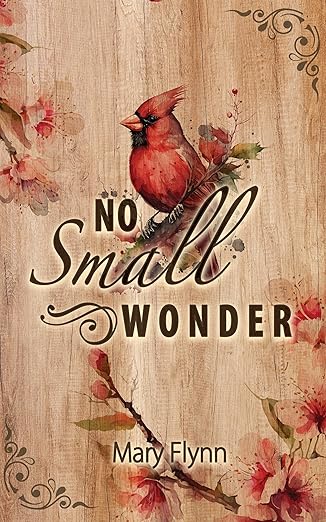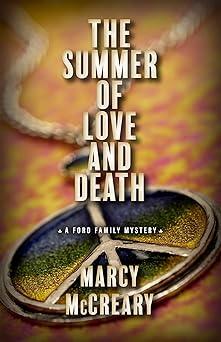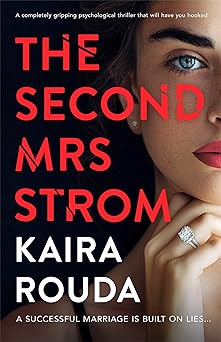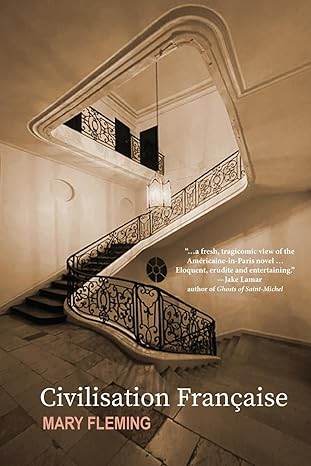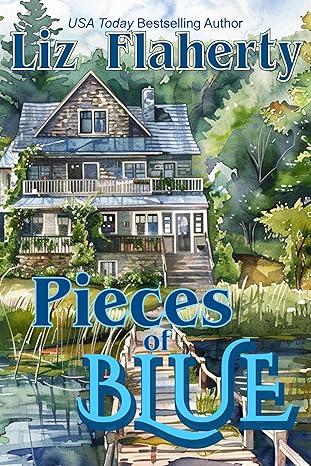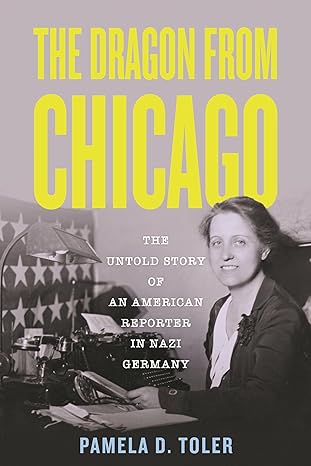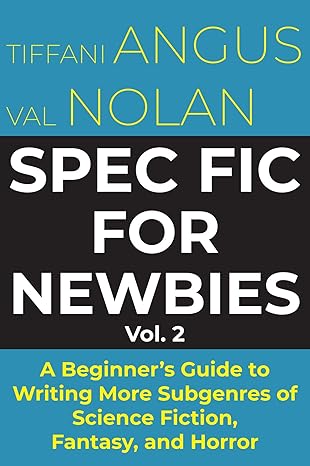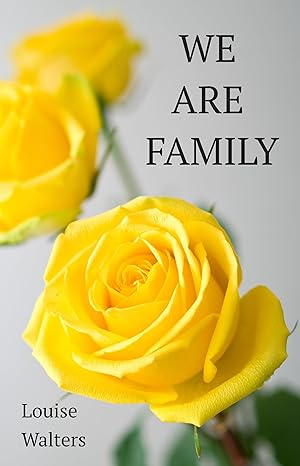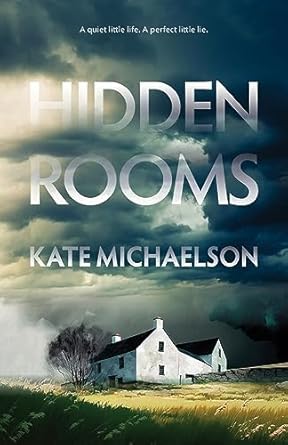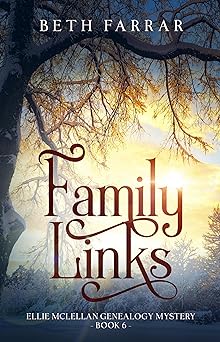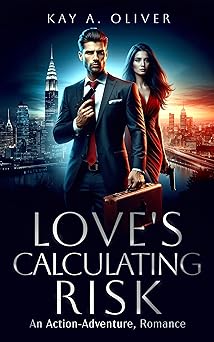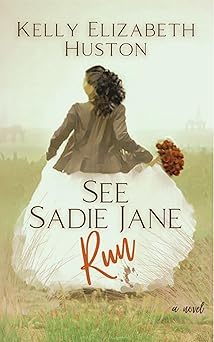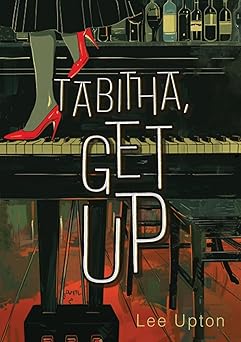Family Declassified: Uncovering My Grandfather’s Journey from Spy to Children’s Book Author
by Katherine Fennelly
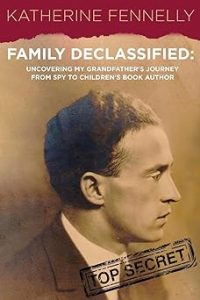 I didn’t learn that my grandfather had been a spy or that I was Jewish until I was an adult. These discoveries motivated me to conduct several years of research that uncovered a web of family secrets.
I didn’t learn that my grandfather had been a spy or that I was Jewish until I was an adult. These discoveries motivated me to conduct several years of research that uncovered a web of family secrets.
My grandfather’s name was Francis Kalnay, but we all called him “Ferko”. When I was growing up, I knew little about him, except that he was a Hungarian-American who wrote award-winning children’s books and lived in Mexico. My mother was estranged from her father and rarely spoke of him. Then, in 2015, I was startled to receive a letter from a researcher in Austria who told me he was writing a book about Francis Kalnay’s life as a spy for the Office of Strategic Services (OSS) in WWII. Not long after that my daughter gifted me a subscription to 23andMe and I was surprised to learn that, on my mother’s side of the family, we are 98.4% Ashkenazi Jewish. Such a striking result meant that, not just one or two, but all my mother’s parents, grandparents, aunts, uncles and cousins were Jews. I had been raised in a completely secular household, and neither my mother nor my grandmother had ever told me we were Jewish. Sadly, both died before I was able to question them.
Thus began my quest to learn about the life of my grandfather, and to understand why our Jewish heritage had been kept secret. I had been an academic researcher for my entire career, though my studies were on immigration and health, and not on my own ancestry.
I began by interviewing family members who had known my grandfather and by filing a request under the Freedom of Information Act (FOIA) for Francis Kalnay’s personnel records. The request went to the CIA because it was the successor to the OSS. After that I went to the National Archives and Records Administration (NARA) in College Park, Maryland and spent three days examining scores of boxes of declassified files from my grandfather’s work for the OSS in New York, Washington, London, Istanbul and several parts of Italy.
I photocopied hundreds of documents and imported them into a word processing program for writers called Scrivener. From the letters, reports and personnel records I learned that, not only had my grandfather been a spy, but he was in charge of several strategic programs for the Allies intercepting Nazi communications, and recruiting and training counter-spies.
How did a Hungarian emigree from a war-torn country accomplish all this? Ferko left Hungary and came to the US at the end of WWI when he was only twenty years old. In New York he made friends with many artists. He and a friend bought property in upstate New York and opened a nudist camp for prominent socialists and writers. I remember my mother’s descriptions of her acute embarrassment as a teenager over the existence of the camp. Theodore Dreiser’s lover mentioned the camp in a book about her life with Dreiser.
In the 1920s and 1930s Ferko worked at a New York area radio station that reached many foreign-language communities, wrote for local Hungarian newspapers and collaborated with the Foreign Language Information Service, an agency designed to help assimilate new immigrants. His extensive contacts with Eastern Europeans are likely what led to his recruitment to the OSS and his eventual appointment as director of what was called “The Survey of Foreign Experts”. He and his employees received ship manifests from the Navy that listed new European immigrants. They contacted those individuals who had lived in Nazi-occupied countries and interviewed them to gather intelligence on such topics as transportation systems, chemical production and political activities.
Ferko’s work with the Survey led to his promotion to head an effort named after him. For the “Kay Project” he parachuted behind enemy lines, intercepted Nazi communications, and recruited and trained spies and saboteurs. Later in the war he became director of the Balkan Region for a highly secretive division of the OSS called X-2.
In Family Declassified I answer many questions about the life of this enigmatic man and the era in which he lived:
- What was it like to be a Central European immigrant in the US after WWI?
- Why did my grandfather abandon my mother, her mother and her sister in Hungary in the 1930s, and how did they survive?
- How did one train to become a spy in WWII?
- What was it like to be a spy in Nazi-occupied Europe during the war?
- What happened to my grandfather’s family members who stayed in Budapest during the Hungarian Holocaust at a time when he was in charge of intelligence in the region?
- Why was the Hungarian Holocaust so late in the war and so brutal?
- Why was our Jewish ancestry kept a secret?
- What was the impact of these secrets on me and other family members?
- What famous Americans hid their Jewish identity after WWII, and what was the impact on their family members?
- Why did Ferko flee to Mexico for 20 years after the war?
- How did he become an award-winning children’s book author, a designer of 25 homes in Mexico and a gourmand who wrote about cooking and invented bread ovens?
- What do the themes of his children’s books reveal about his politics and personality?
- What is the legacy of this talented, but flawed man?
- How does one conduct research on a family member whose life was shrouded in secrecy?
If you are interested in these questions, you can find reviews of the Family Declassified, photos, my bio, and how to order it at KatherineFennelly.com
—
Trained as a social scientist, Katherine Fennelly is an immigration policy expert whose work has taken her to many of the countries where her late grandfather lived out his adventures. She has studied and worked in Iran, Spain, and Ecuador and done consulting work and academic residencies across Latin America and Europe. Katherine is a voracious reader and a life-long student of languages. She discovered her family’s Jewish roots as an adult, something her Hungarian-American mother preferred not to discuss. When not tracking down classified documents and delving into family history, she volunteers for refugee service organizations, serves as a Spanish-English interpreter, and enjoys biking in Prospect Park and spending time with her daughters and granddaughters who live nearby in Brooklyn.
Category: On Writing





